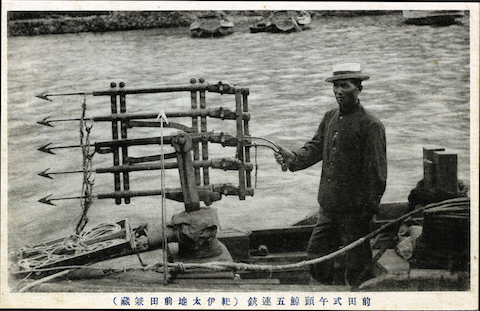Traditional tools
Various tools were used in whaling.
At the watch tower Yamami, binoculars were used to watch for whales. The watch tower would signal once a whale spout was spotted. The watch tower Yamami and the boats used various flags and Triton’s trumpet shells to communicate with each other.
Variety of harpoons were used in whaling. The order of throwing was defined, starting from small ones that can fly far and hit the whales, to larger harpoons.
Let's take a look at the traditional whaling tools.
Signaling flags
Yamami informs the whaling boats about sea conditions along with the types and the locations of whales.
“Ami-sai”
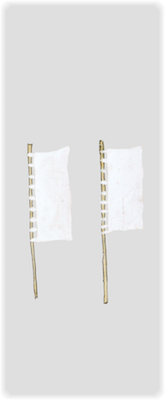
“Seko-sai”
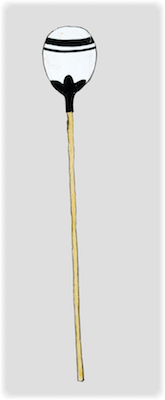
“Kujira-bune jirushi”
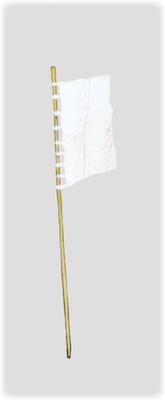
“Chu-shin jirushi”
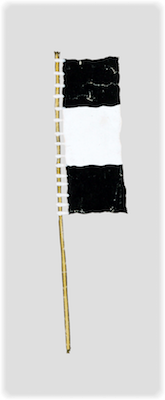
“Zato-kujira no shirushi” or sign of humpback whales
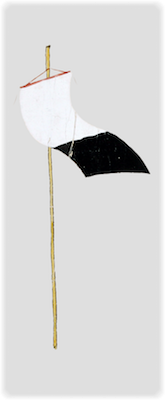
“Semi-kujira no shirushi” or sign of North Pacific right whales
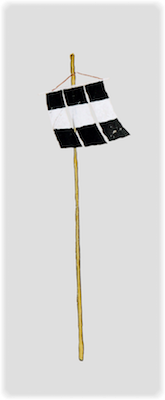
Triton’s trumpet
A horn is blown from Yamami to alert the boats when a whale is spotted.
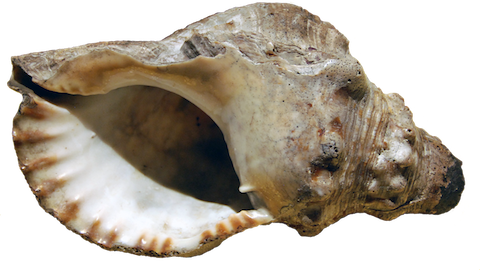
Sasayaki-zutsu - The Whispering Pipe
A loudspeaker is used to communicate with the whaling boats that are close by.
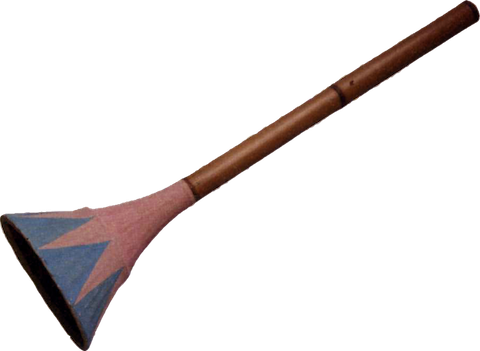
Harpoons and knives
“Haya-mori”
The First Thrown Harpoon

“Tegata-mori”
Large harpoons are thrown at whales from boats.

“Ikari-mori”
The harpoons are tied to anchors and barrels to stop the whale.
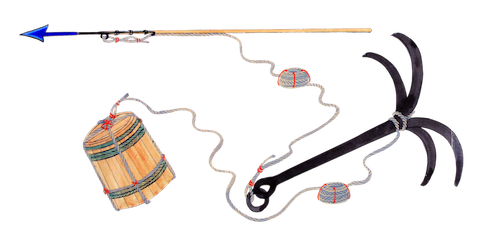
“Yorozu-mori”
The Largest Harpoon

“Nagae”
Large knives are used to carve whales.

“Ken” or sword
Blades are used to finish off the tired whales.

“Hanakiri-boucho” or “Tegata-boucho”
A knife is tied to a rope to pierce the blowhole.
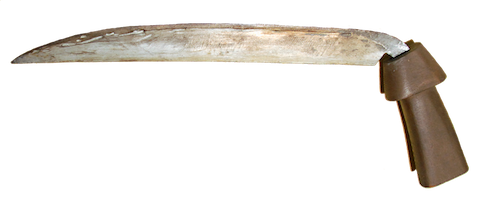
Modern tools for whaling
These are the modern whaling tools
Tsubame Mori (Swallow Harpoon)
Resembles a regular American improved toggle harpoon, though much smaller and thinner.
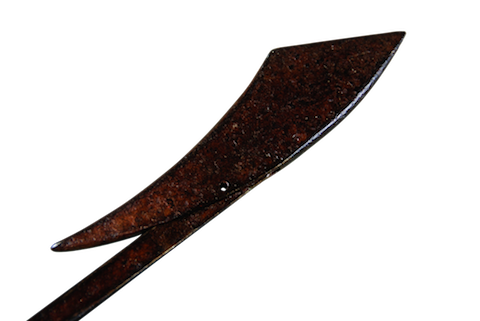
Darting Gun Harpoon
Made in America, the harpoon is equipped with darting gun that shoots explosive harpoon. On hitting the target whale, the impact triggers the darting gun to shoot the explosive harpoon, which explodes inside the whale to give fatal damage.
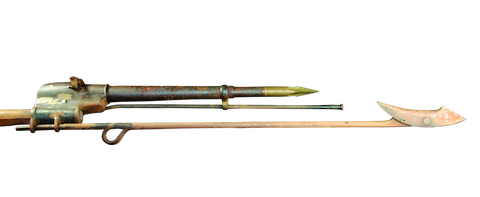
Shoulder Gun made in Japan
A precise copy of the C.C.Brand No.2 shoulder gun by a japanese gunsmith. Several copies by the same hand have been found in Nagasaki Prefecture.
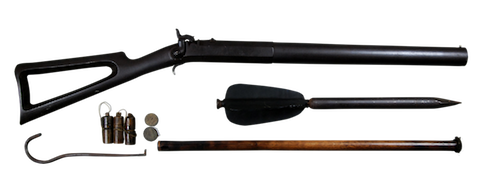
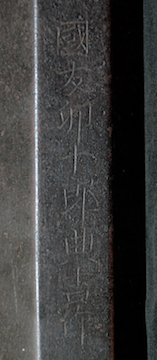
90mm Cannon
This cannon was on display at the Shionomisaki Tower on Cape Shionomisaki until it was donated to the Taiji Whale Museum in 2009.
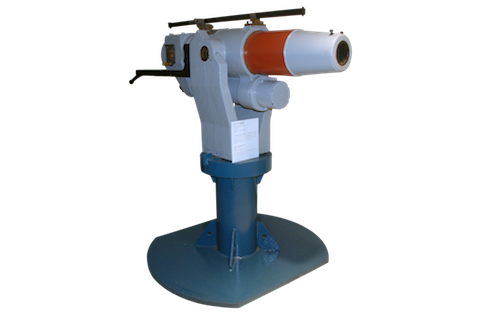
Maeda Triple-Barreled Whaling Gun
Invented by Kenzo Maeda, the triple-barreled gun shoots 3 harpoons at a time.
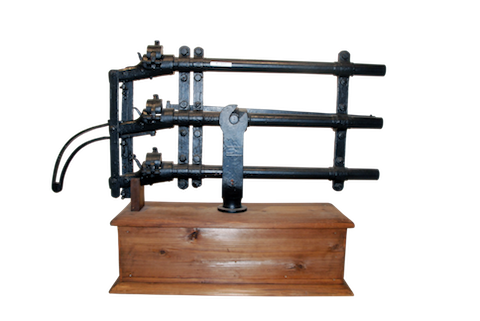
Maeda Quintuple-Barreled Whaling Gun
Kanezo Maeda’s descendant owned a photograph, the image of which is the same image of this postcard. It carried a date, September 21, 1919, on the back, the date it was photographed.
